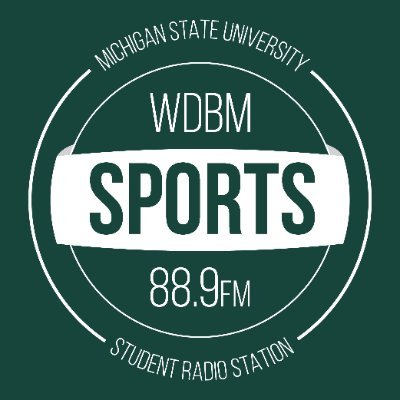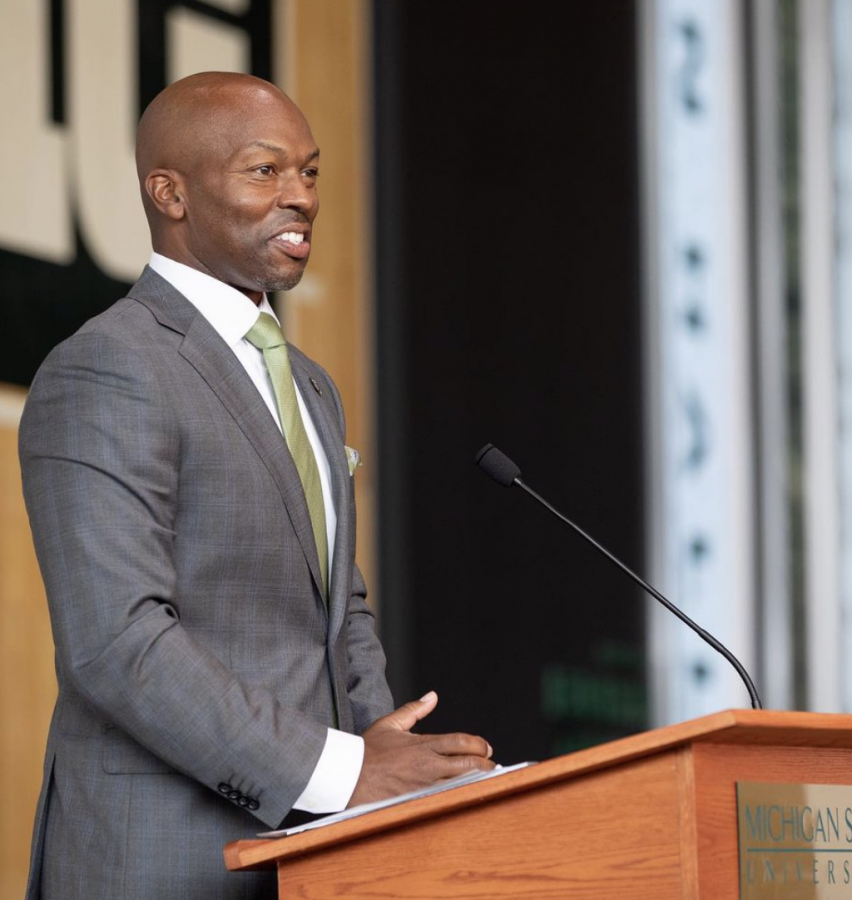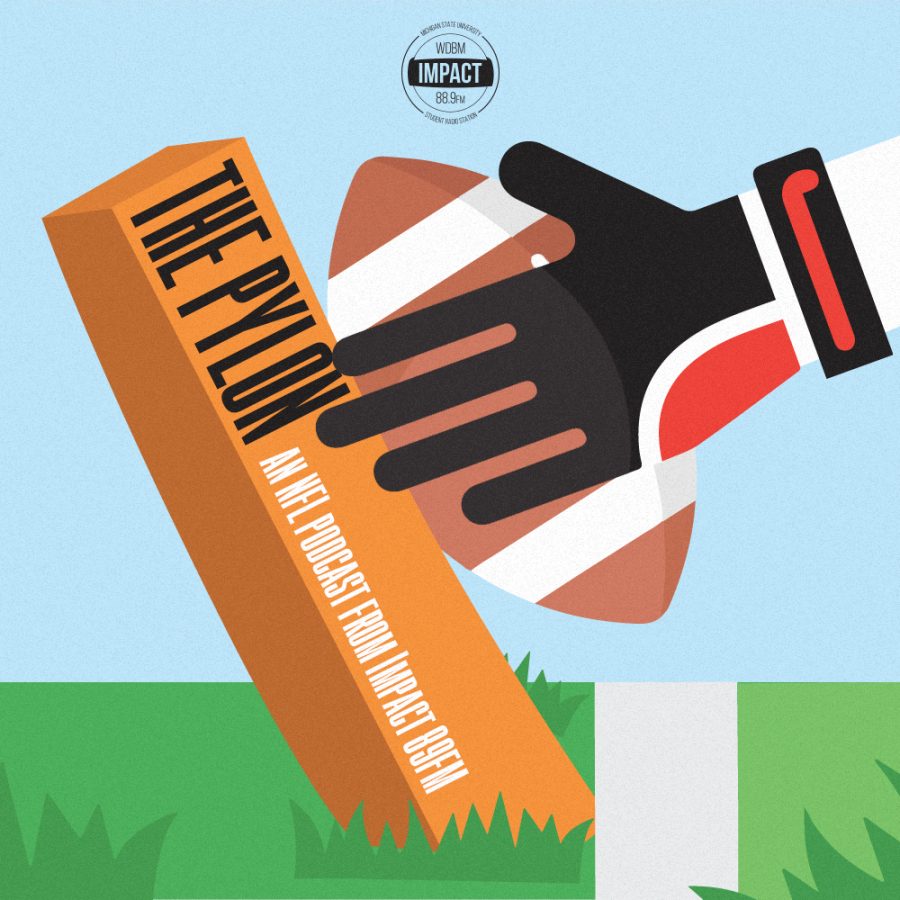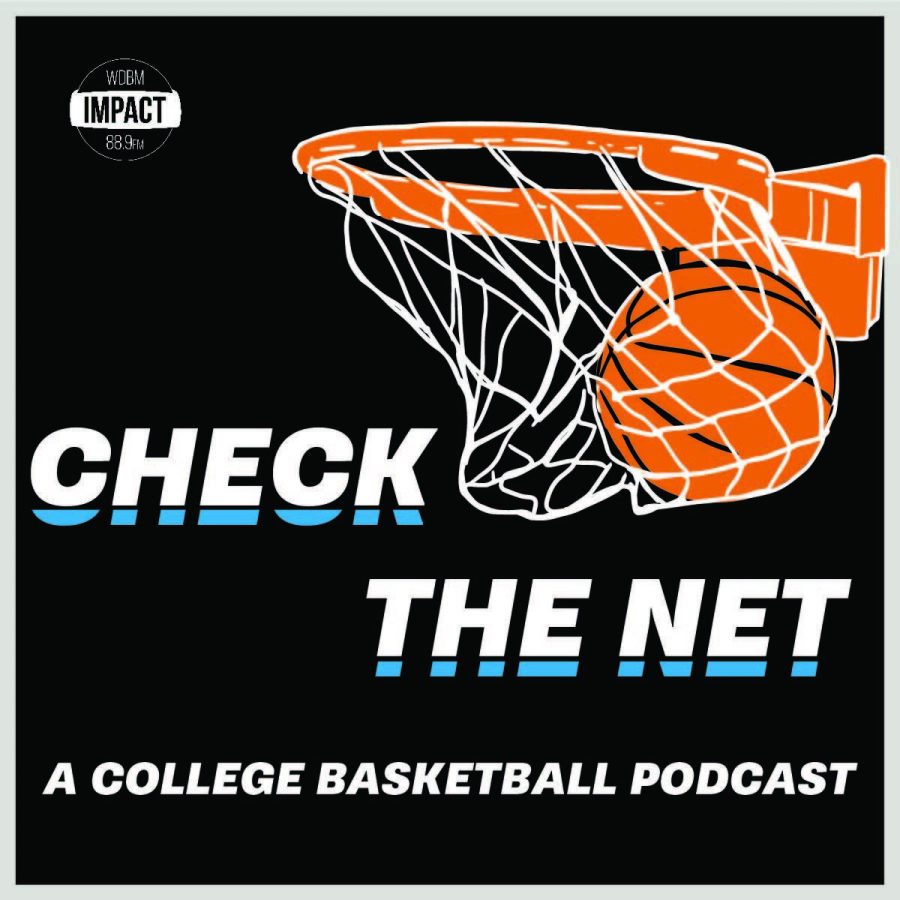It’s been talked about for years, and now it’s finally come to fruition.
NASCAR as a sanctioning body and the team owners agreed to a new “charter system”, which in essence incentivizes sponsorship within teams and gives team owners a reason to stay in the sport of NASCAR for the long haul.
NASCAR said that there will be a fixed number of charters, and that number will be 36. This means that those 36 teams will be guaranteed a starting spot in all Sprint Cup races. The field will also be cut down from 43 cars to 40 for the foreseeable future, meaning the remaining four spots will be determined by whoever decides to show up and qualify for that given race on that given weekend. Steve O’Donnell (Vice President of NASCAR) also said to expect an announcement on the points structure this week (was 43-for-1, so if you finished second in a race, you were awarded 42 points, third 41 points, and so on).
“The new Charter program strengthens each of our businesses individually and the team model as a whole, which is good for NASCAR, our fans, drivers, sponsors and the thousands of people who we employ,” said Rob Kauffman on the NASCAR.com live stream. Kauffman is a former majority stakeholder in Michael Waltrip Racing and now a part-owner of Chip Ganassi Racing, who spearheaded this operation. “It will allow us to take a more progressive, long-term approach.”
Charters are also transferrable (able to be sold). The No. 41 and No. 19 teams do not have charters for SHR and JGR, respectively, due to the fact that those two teams have not been full-time competitors since 2013 (requirement for a charter). SHR and JGR will purchase one charter each, most likely from Rob Kauffman, and be able to compete in every race with a guaranteed spot, just like the other 34 teams.
There were two main reasons that NASCAR decided to go about this route right now: the age of prominent owners, as well as creating a more sustainable business model.
Joe Gibbs, Richard Childress, Jack Roush, Richard Petty and Rick Hendrick are all in their sixties and seventies, and they, unfortunately, aren’t going to be around forever. So for new, younger owners coming into the sport, this looks extremely attractive to them. A charter is good for nine years, according to NASCAR. This also means that team owners can plan their business models accordingly, making it easier on them for that time.
This new system creates transparency between the sanctioning body and the fan base. It also, in the long run, should also create a better product on the track, and more competitive racing.
For example, take Tommy Baldwin (owner of Tommy Baldwin Racing), who was at today’s press conference at the Charlotte Convention Center. His team has always been an underdog and underfunded, compared to the “big dogs” (SHR, HMS, JGR, RFR, etc.). With this new business model in place, TBR will be able to slowly and methodically increase their performance at the race track, gaining sponsorship, big name drivers, and be able to compete with the aforementioned “big dogs”, eventually. That, the best case scenario, could happen to multiple teams, and make the sport better and create more competitiveness for the long haul.
I’m no economist, and I didn’t really understand what was happening when the rumors of this announcement were swirling around the NASCAR community. But in essence, this is a win-win for everybody involved. From the sanctioning body, to the owners, to the fans, everyone should come out a winner in this situation.
Smaller teams will become more economically viable, sponsorship will be attracted, competition will increase, and the dictatorship (NASCAR basically ruled with an iron fist and owners didn’t really had a say in anything that the sanctioning body decided to do) is no more. The owners will be heard and the fans will be rewarded for their patience.
The advent of the new low downforce package debuting full-time in 2016. New faces in new places. A new era beginning, as another one ends. And now this huge announcement, one that “The King”, Richard Petty, called the second most important and biggest announcement in NASCAR history since it’s inception in the late 1940s. NASCAR is going bigger and better for 2016, and beyond.









